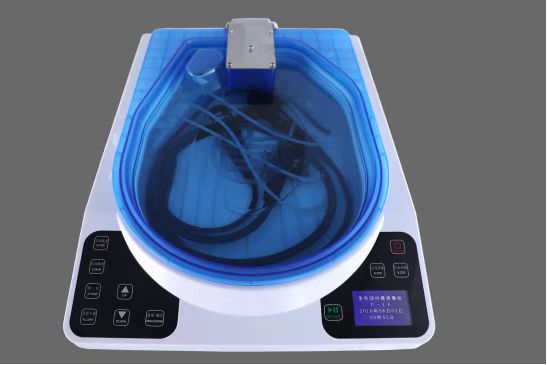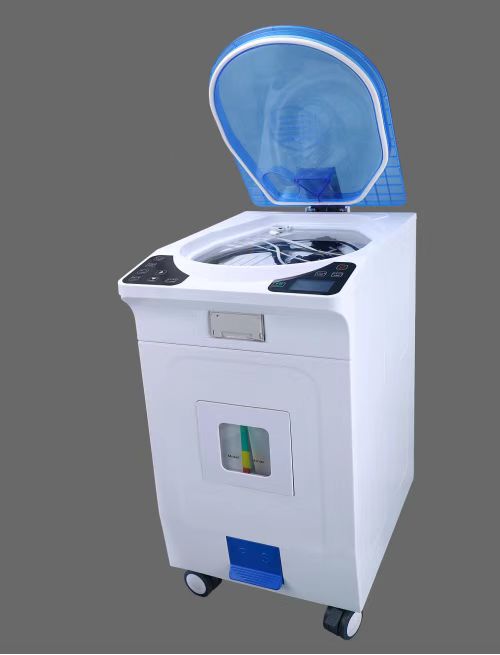In the ever-evolving field of healthcare, technological advancements continuously reshape the way medical procedures are conducted. One such breakthrough is the development of endoscopic cleaning machines, which have revolutionized the process of keeping endoscopes sterile—a vital aspect of patient safety. This blog aims to shed light on these remarkable machines, their benefits, and their crucial role in maintaining cleanliness and hygiene in medical institutions.
Understanding Endoscopic Cleaning Machines
Endoscopic cleaning machines are state-of-the-art devices designed to eliminate bacteria, viruses, and other contaminants from endoscopes—a tool used to visualize internal body cavities. Through an automated and standardized process, these machines not only save time but also ensure consistent, thorough cleaning that cannot be achieved manually. By eradicating potentially harmful microorganisms, these machines significantly reduce the risk of infections and cross-contamination during endoscopic procedures, consequently safeguarding patient health and well-being.
Key Features and Technology
Endoscopic cleaning machines incorporate advanced features to guarantee effective cleaning. They often employ powerful water jets in conjunction with specialized brushes to dislodge debris and biofilm from the endoscope’s surfaces. These machines may also utilize enzymatic solutions to dissolve organic materials that adhere to the instruments. Additionally, they boast internal channels and connectors that efficiently flush out any remaining contaminants. Some machines even employ technologies like ultrasonic cleaning, which utilizes sound waves to remove stubborn debris from endoscope channels.
Advantages of Endoscopic Cleaning Machines
The utilization of endoscopic cleaning machines offers numerous benefits to healthcare facilities. First and foremost, these machines enhance patient safety by eradicating harmful microorganisms that could lead to potentially life-threatening infections. Moreover, by automating the cleaning process, endoscopic cleaning machines reduce human error and ensure consistency across cleaning cycles. This standardization is instrumental in achieving strict compliance with hygiene protocols, minimizing the risk of cross-contamination, and meeting regulatory requirements.
Efficiency and Time-saving
When compared to manual cleaning, endoscopic cleaning machines save significant time and effort. Operators can load multiple endoscopes onto these machines simultaneously, resulting in higher efficiency and reduced turnaround times. The automated cleaning process guarantees consistent results, eliminating the potential for incomplete or suboptimal cleaning. This allows healthcare personnel to focus more on patient care and other critical tasks, ultimately improving overall operational efficiency.
Maintenance and Ensuring Longevity
To ensure the longevity of endoscopic cleaning machines and maintain their effectiveness, regular maintenance is crucial. Manufacturers generally provide detailed maintenance protocols, which involve periodic cleaning of the machine’s filters, ensuring the correct usage of cleaning and disinfecting solutions, and periodic inspections of the machine’s components. Adhering to these guidelines will not only extend the life of the equipment but also contribute to upholding the highest standards of cleanliness.
Conclusion 

Endoscopic cleaning machines have become indispensable tools in modern healthcare practices. Their ability to automate and standardize the cleaning process plays a vital role in reducing the risk of infections and cross-contamination during endoscopic procedures. These machines save time, improve efficiency, and enhance patient safety—a testament to the remarkable advancements in medical technology that continue to shape the future of healthcare.
Post time: Sep-01-2023

